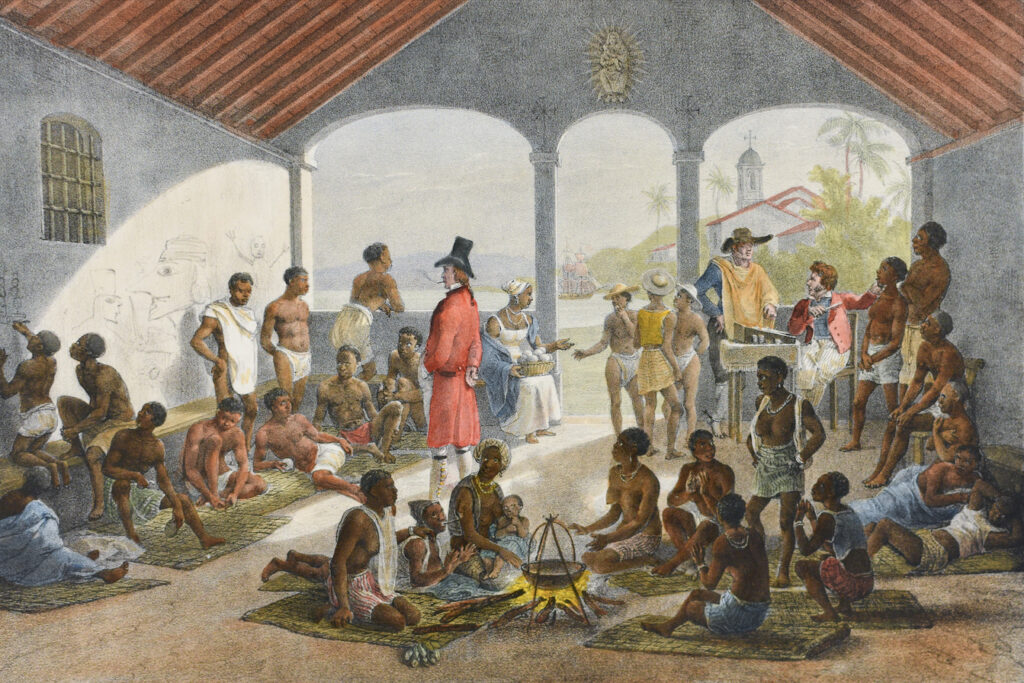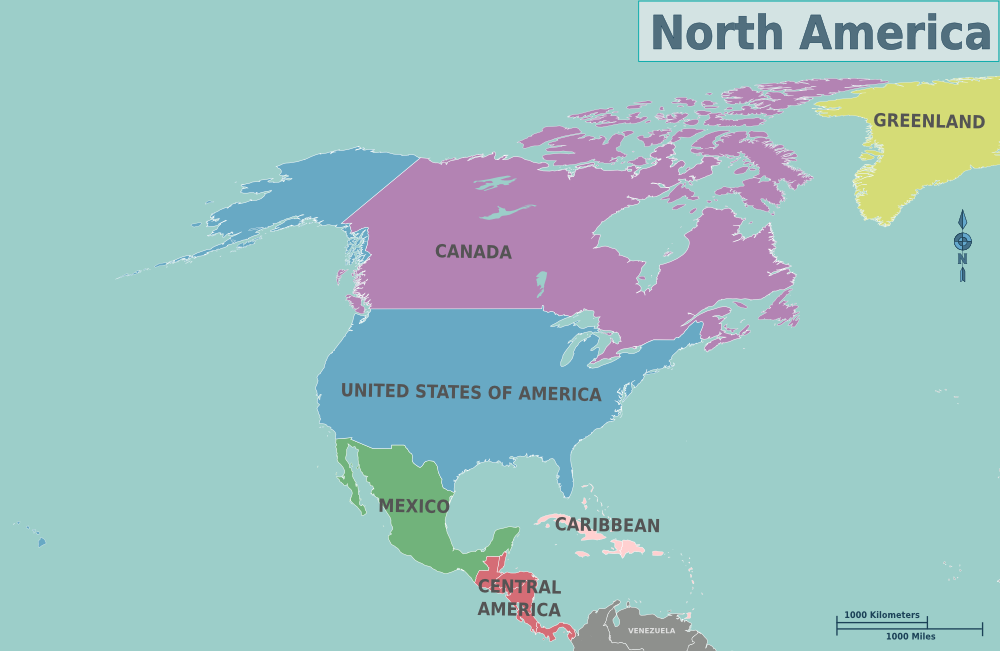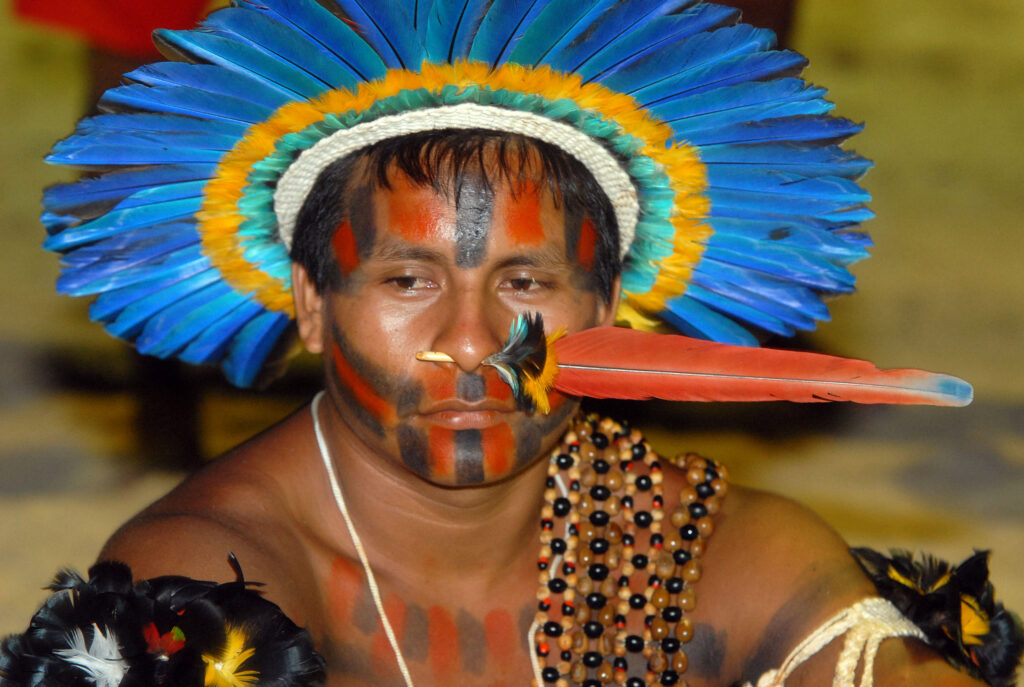Introduction to the Goth Muscle Mommy Meme
The Goth Muscle Mommy meme is a unique cultural phenomenon that has emerged from the fusion of goth aesthetics and the fitness subculture. This meme encapsulates the idea of strong, muscular women who embrace gothic fashion and lifestyle, challenging conventional beauty standards and stereotypes. In this comprehensive article, we will explore the origins of the Goth Muscle Mommy meme, its impact on social media, the symbolism behind it, and how it resonates with various communities.
Origins of the Goth Muscle Mommy Meme
The Rise of Internet Subcultures
The internet has been a fertile ground for the growth of subcultures. With platforms like Tumblr, Instagram, and TikTok, niche communities have found spaces to express their identities and share their passions. The Goth Muscle Mommy meme is a product of these digital subcultures, blending goth fashion with the fitness world.
Influences from Gothic and Fitness Cultures
The goth subculture, known for its dark fashion, music, and aesthetics, has a rich history dating back to the late 1970s and early 1980s. Fitness culture, on the other hand, emphasizes physical strength, health, and bodybuilding. The Goth Muscle Mommy meme combines elements from both, creating a striking and unconventional image.
Early Appearances and Popularity
The Goth Muscle Mommy meme began appearing on social media platforms around the late 2010s. It gained traction as users shared images, artwork, and humorous captions featuring muscular women dressed in goth attire. The meme resonated with people who appreciated the juxtaposition of strength and gothic beauty.
Symbolism and Themes of the Goth Muscle Mommy Meme
Challenging Traditional Beauty Standards
The Goth Muscle Mommy meme challenges traditional beauty standards by showcasing women who are both strong and embrace gothic fashion. It promotes the idea that beauty comes in diverse forms and that strength and femininity are not mutually exclusive.
Empowerment and Confidence
At its core, the meme represents empowerment and confidence. The women depicted in these memes exude self-assurance and defy societal expectations, inspiring others to embrace their unique identities.
Fusion of Strength and Aesthetics
The meme beautifully fuses physical strength with gothic aesthetics. It celebrates the dedication required for bodybuilding while honoring the artistic and expressive nature of the goth subculture.
Humor and Irony
Many iterations of the Goth Muscle Mommy meme incorporate humor and irony. The exaggerated contrast between gothic fashion and muscle-bound physiques creates a playful and thought-provoking visual.
Impact on Social Media and Popular Culture
Virality and Social Media Platforms
The meme’s virality can be attributed to its wide appeal and shareability on social media platforms. Sites like Instagram, Twitter, and TikTok have been instrumental in spreading the meme and engaging diverse audiences.
Influence on Fashion and Fitness Trends
The Goth Muscle Mommy meme has influenced fashion and fitness trends, inspiring individuals to explore gothic-inspired workout gear and bodybuilding routines. It has encouraged people to blend different aspects of their identities and interests.
Representation and Diversity
The meme promotes representation and diversity within both the goth and fitness communities. It highlights that these subcultures are not monolithic and that individuals can find common ground in unexpected places.
Community and Support Networks
Online communities centered around the Goth Muscle Mommy meme have formed, providing support and camaraderie for those who identify with its themes. These communities offer a space for sharing fitness tips, fashion advice, and personal stories.
Fitness Routines for Goth Muscle Mommies
Strength Training Fundamentals
Building muscle and strength is a key component of the Goth Muscle Mommy persona. Strength training routines should focus on compound exercises such as squats, deadlifts, bench presses, and overhead presses. These exercises target multiple muscle groups and promote overall strength.
Incorporating Gothic Elements
Incorporating gothic elements into fitness routines can make workouts more enjoyable and aligned with the Goth Muscle Mommy aesthetic. This could include wearing goth-inspired workout gear, listening to gothic music, or even decorating the workout space with gothic motifs.
Balanced Nutrition for Muscle Building
Proper nutrition is essential for muscle building. A balanced diet rich in protein, complex carbohydrates, healthy fats, and micronutrients supports muscle growth and overall health. Goth Muscle Mommies should prioritize nutrient-dense foods and consider meal planning to meet their fitness goals.
Recovery and Self-Care
Recovery and self-care are crucial aspects of any fitness routine. Goth Muscle Mommies should ensure they get adequate rest, hydration, and sleep to support muscle recovery and prevent injuries. Self-care practices such as stretching, meditation, and enjoying gothic hobbies can also enhance overall well-being.
Goth Fashion and the Muscle Mommy Aesthetic
Gothic Fashion Basics
Gothic fashion is characterized by dark, moody colors, intricate designs, and dramatic accessories. Common elements include black clothing, lace, leather, corsets, and heavy boots. Gothic fashion often incorporates symbols like crosses, skulls, and spiders.
Adapting Gothic Fashion for Fitness
Adapting gothic fashion for fitness involves finding workout gear that aligns with the goth aesthetic while being functional for exercise. This could include black leggings, mesh tops, goth-themed gym bags, and accessories like wristbands or chokers.
Makeup and Hairstyles
Gothic makeup and hairstyles can enhance the Muscle Mommy look. Dark eyeshadows, bold lip colors, and intricate hairstyles such as braids or buns add a dramatic flair. Waterproof and sweat-resistant makeup products are ideal for maintaining the look during workouts.
Fashion Influencers and Icons
Several fashion influencers and icons embody the Goth Muscle Mommy aesthetic. Following these individuals on social media can provide inspiration for combining goth fashion with fitness. Notable figures include alternative models, gothic bodybuilders, and fitness enthusiasts who share their unique styles online.
The Psychology Behind the Goth Muscle Mommy Meme
Identity and Self-Expression
The Goth Muscle Mommy meme allows individuals to explore and express their identities in multifaceted ways. It encourages self-discovery and the blending of interests that might seem disparate at first glance.
Rebellion and Non-Conformity
Both the goth and fitness subcultures have elements of rebellion and non-conformity. The Goth Muscle Mommy meme embodies this spirit by challenging societal norms and embracing individuality.
Body Positivity and Acceptance
The meme promotes body positivity and acceptance by celebrating diverse body types and appearances. It encourages people to embrace their physiques and reject unrealistic beauty standards.
Mental Health and Well-Being
Engaging with the Goth Muscle Mommy meme and its associated communities can positively impact mental health and well-being. The sense of belonging and support, along with the physical benefits of fitness, contribute to overall happiness and self-esteem.
Creating Your Own Goth Muscle Mommy Persona
Setting Fitness Goals
Creating a Goth Muscle Mommy persona starts with setting clear fitness goals. Whether it’s building muscle, increasing strength, or improving overall fitness, having specific objectives will guide your journey.
Building a Workout Routine
Design a workout routine that includes strength training, cardiovascular exercises, and flexibility work. Tailor the routine to your fitness level and goals, and gradually increase intensity as you progress.
Crafting a Gothic Wardrobe
Build a gothic wardrobe that reflects your personal style and supports your fitness activities. Invest in versatile pieces that can transition from the gym to everyday wear.
Engaging with the Community
Engage with the Goth Muscle Mommy community online and in person. Join social media groups, attend events, and connect with like-minded individuals who share your interests and values.
Challenges and Criticisms
Overcoming Stereotypes
The Goth Muscle Mommy meme faces challenges and criticisms related to stereotypes. Overcoming these requires education and advocacy, demonstrating that strength and gothic aesthetics can coexist harmoniously.
Navigating Negative Reactions
Negative reactions from others can be a challenge. Focus on building confidence and resilience, and surround yourself with supportive individuals who appreciate your unique identity.
Balancing Aesthetics and Practicality
Balancing the aesthetic aspects of the Goth Muscle Mommy persona with the practical needs of fitness can be tricky. Prioritize functionality in workout gear while incorporating gothic elements that make you feel confident and empowered.
The Future of the Goth Muscle Mommy Meme
Evolving Trends and Influences
As with any subculture, the Goth Muscle Mommy meme will continue to evolve. New trends, influences, and technologies will shape its future, creating opportunities for innovation and creativity.
Expanding Representation
Increasing representation of diverse body types, backgrounds, and identities within the Goth Muscle Mommy community will strengthen its impact and inclusivity.
Influence on Mainstream Culture
The Goth Muscle Mommy meme has the potential to influence mainstream culture by promoting acceptance of alternative aesthetics and challenging traditional beauty norms.
Sustaining Community Support
Sustaining community support through online platforms, events, and collaborations will ensure the longevity and vibrancy of the Goth Muscle Mommy subculture.
Conclusion
The Goth Muscle Mommy meme is a powerful fusion of strength, gothic aesthetics, and individuality. It challenges traditional beauty standards, promotes empowerment, and fosters a sense of community among its followers. By embracing both physical fitness and gothic fashion, Goth Muscle Mommies embody a unique and inspiring identity. As this subculture continues to grow and evolve, it will undoubtedly leave a lasting impact on the worlds of fitness and fashion. Whether you’re drawn to the meme for its humor, its empowerment message, or its aesthetic appeal, the Goth Muscle Mommy meme offers a fascinating glimpse into the possibilities of blending diverse interests and identities.



